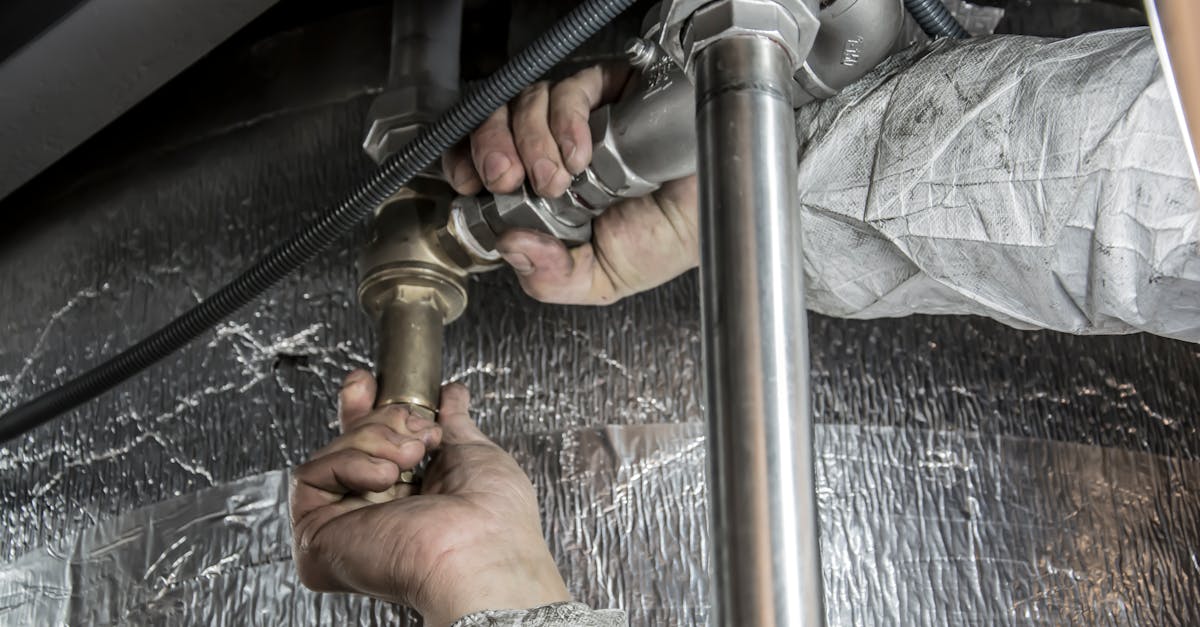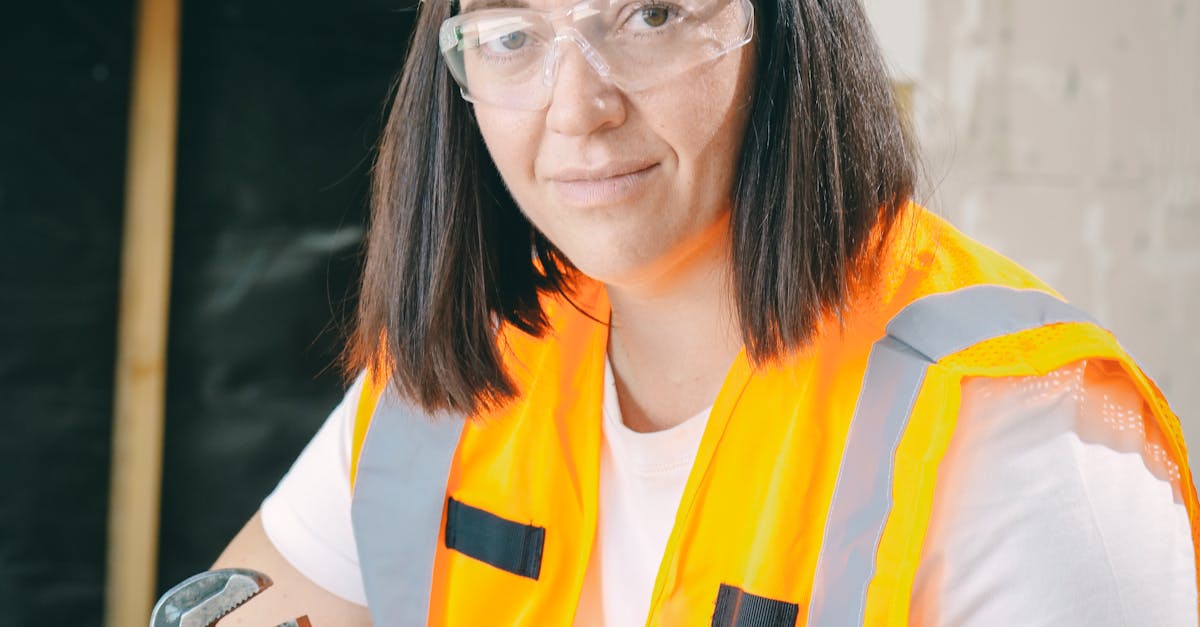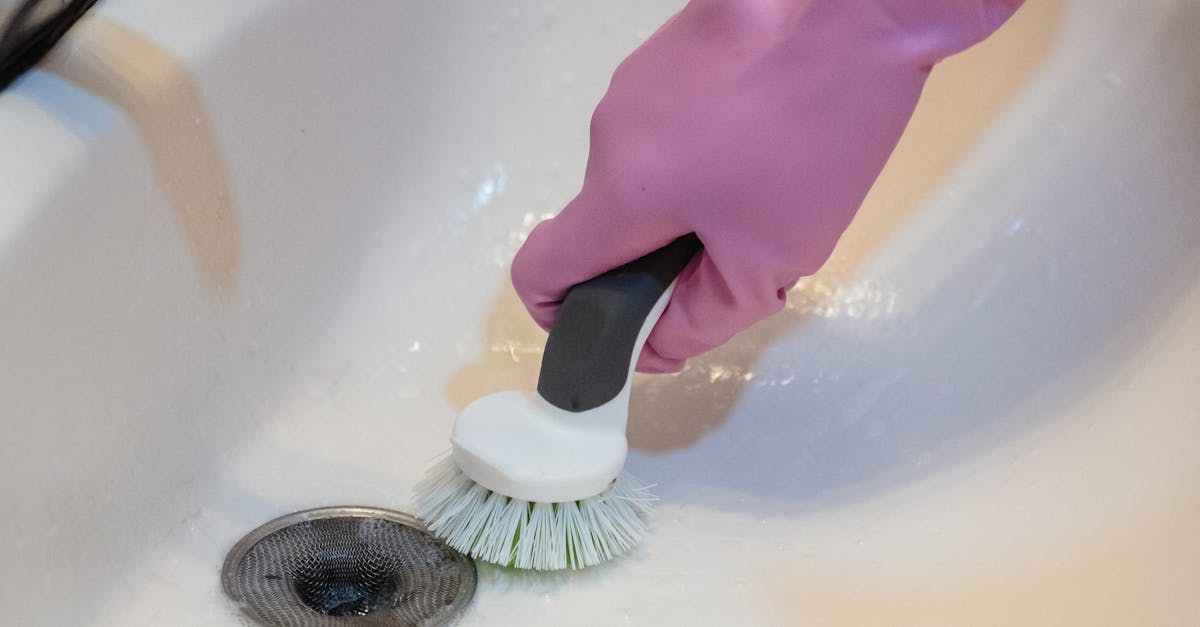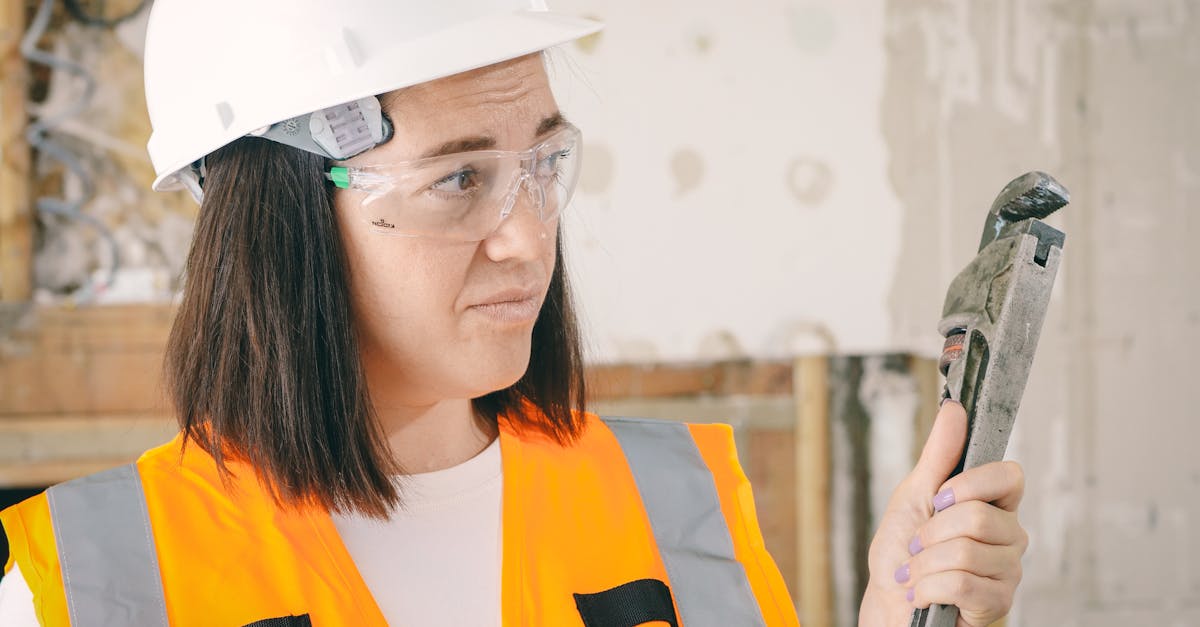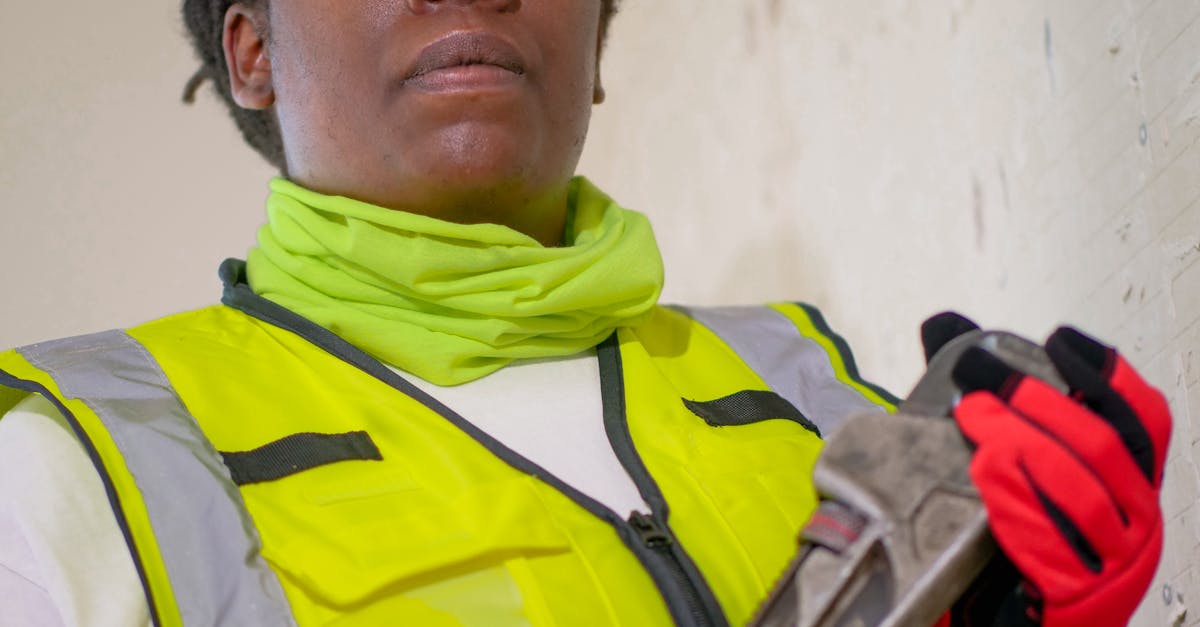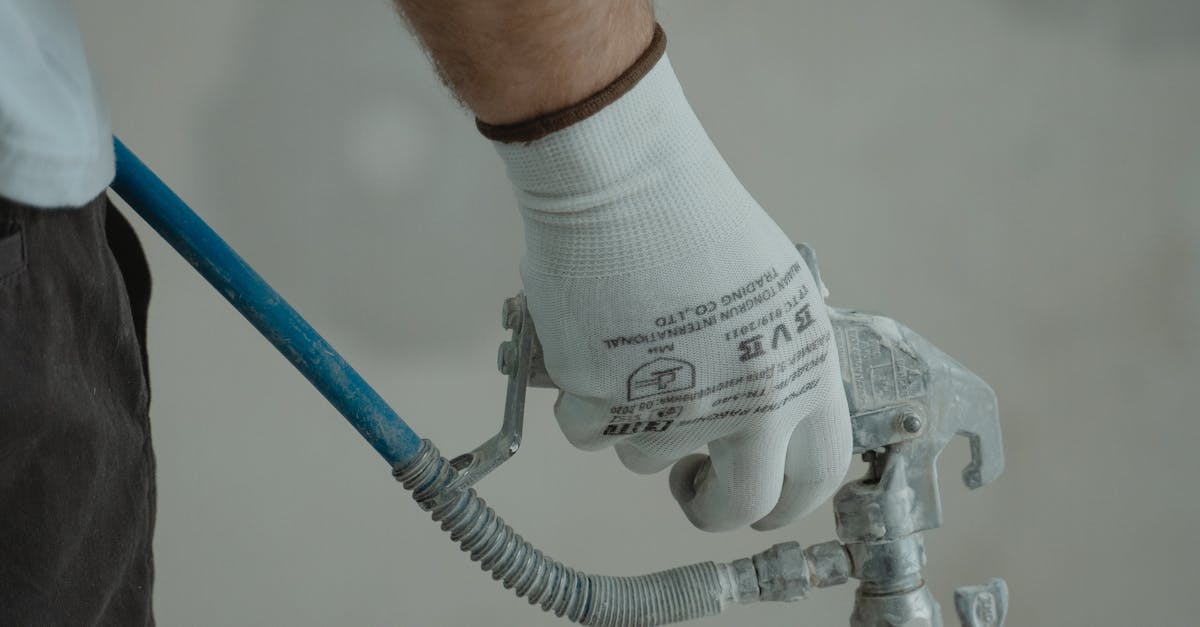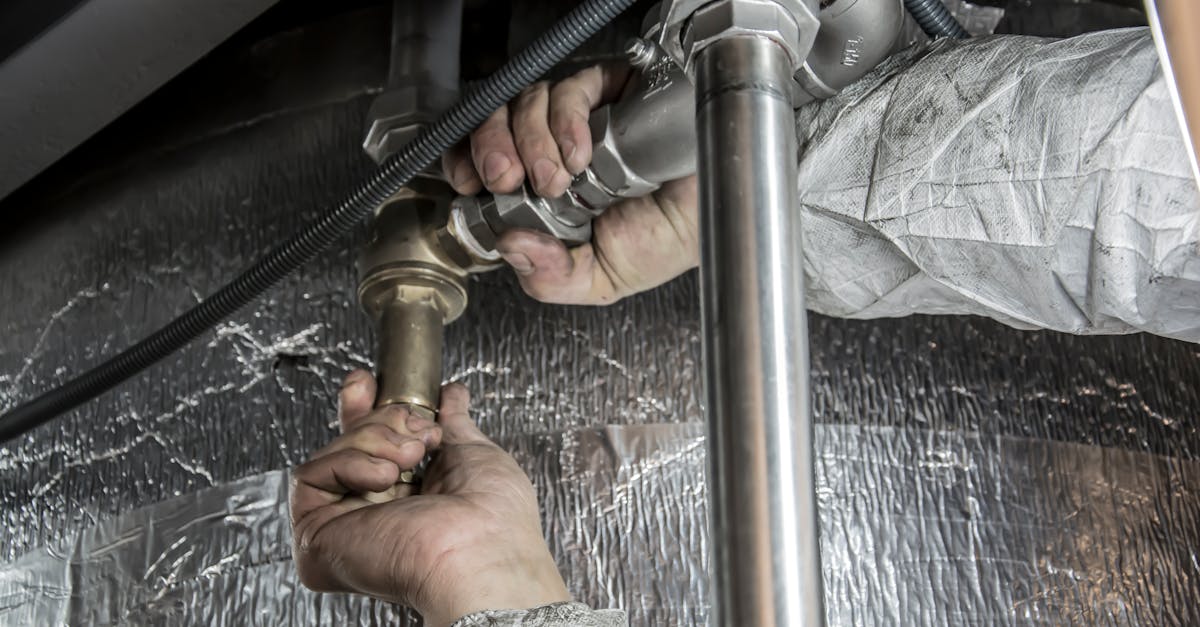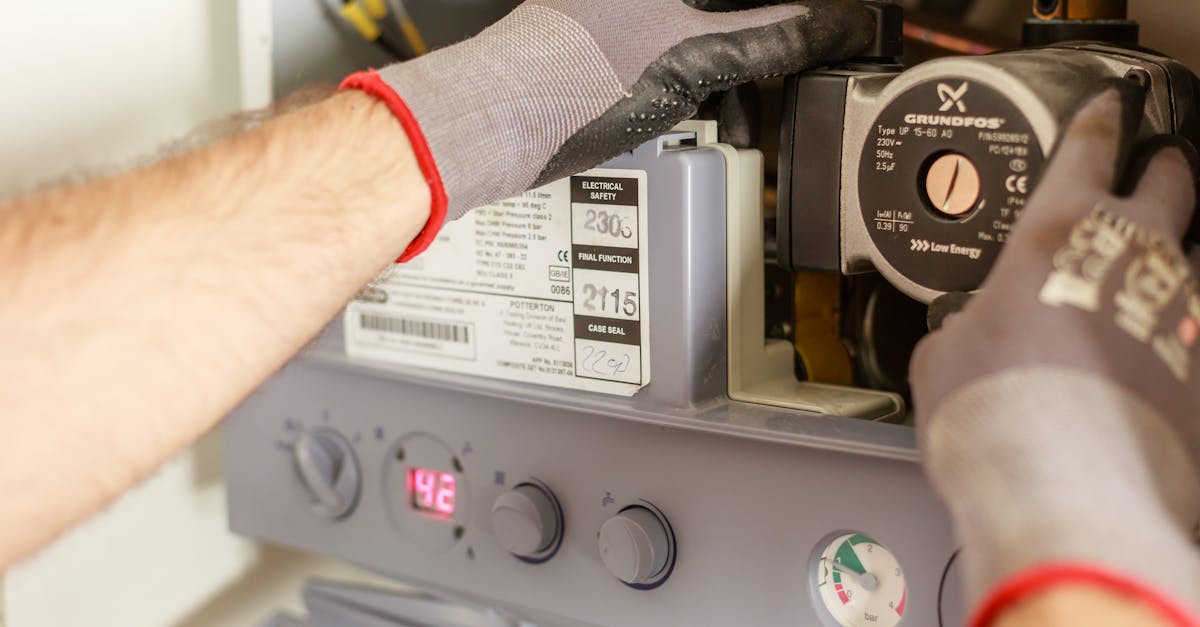
Table Of Contents
Setting the Wax Ring
A wax ring serves as a crucial component in toilet installation and repair. This ring creates a watertight seal between the toilet's base and the flange on the floor. Begin by ensuring that the flange is clean and free from any debris. Place the wax ring on top of the flange while ensuring it sits evenly. Take care to select a wax ring with the appropriate thickness, particularly in a small bathroom where space may be limited.
When the wax ring is in position, gently lower the toilet onto it, aligning it with the flange. Ensure that the toilet’s base makes even contact with the wax ring to achieve a proper seal. This step is vital, as any misalignment can lead to leaks. The placement should be steady and measured, as rushing may lead to issues later. Following these steps meticulously helps ensure a successful installation.
Ensuring a Good Seal
To ensure a good seal when installing your toilet, positioning the wax ring correctly is essential. The wax ring sits on top of the flange, providing a watertight barrier between the toilet and the sewage line. Start by placing the wax ring on the flange; make sure it is centred. This initial setup is crucial to prevent leaks in the future.
During the installation, align the toilet base over the wax ring. Press down firmly to compress the wax and create a strong seal. Avoid rocking the toilet or repositioning it after initial contact. A good seal is vital for toilet installation and repair, as it prevents potential problems that could arise from water leakage, resulting in damage to your bathroom floor and surrounding areas.
Positioning the Toilet
Positioning the toilet correctly is crucial for a successful installation. First, carefully lift the toilet and align its base over the wax ring. The wax ring should centre on the flange located on the floor. Lower the toilet gently, making sure that the holes on either side of the toilet base line up with the flange bolts. This step ensures a proper connection to the existing plumbing and supports ideal alignment.
Once the toilet is in place, check that it sits level and stable. It is essential to avoid rocking or movement, which could compromise the seal and lead to leaks. After confirming the positioning is correct, you can proceed to secure the toilet bolts through the base. Proper toilet installation and repair techniques will help ensure that your bathroom functions effectively and prevents future issues.
Aligning with the Flange
When aligning the toilet with the flange, precise positioning is essential for a successful installation. Begin by placing the toilet over the flange, ensuring that the mounting holes on the base of the toilet align directly over the anchor bolts protruding from the flange. This step is crucial as it determines the overall stability and functionality of the toilet. There should be minimal movement to avoid future leaks or other issues that may arise over time.
Carefully lower the toilet onto the flange without disturbing the wax ring that you have set. Press down gently to ensure proper contact with the wax ring, allowing it to form a seal. Proper alignment at this stage will contribute significantly to the effectiveness of your toilet installation and repair efforts. Once satisfied with the positioning, you can move on to securing the toilet to the floor by tightening the bolts.
Securing the Toilet Bolts
Once the toilet is aligned properly, the next step is to secure the toilet bolts. Insert the bolts into the flange, ensuring they fit snugly. It is crucial to use flat washers and nuts for a firm grip. While tightening the bolts, apply equal pressure to both sides to avoid rocking the toilet. A level can help confirm a flat base, ensuring the toilet sits evenly against the floor.
Toilet installation and repair require attention to detail, especially with the bolts. Tightening should be firm, but avoid overtightening as this may crack the porcelain. After securing the nuts to the desired tension, it’s helpful to make a final check for stability. Give the toilet a gentle wiggle to ensure it is secured properly. If there is any movement, consider tightening the bolts slightly more until a solid fit is achieved.
Tightening for Stability
Once the toilet is positioned correctly over the wax ring, securing it is vital for long-term stability. Begin by carefully inserting the toilet bolts through the base of the toilet and into the flange. Ensure that the washers are placed properly and use a standard wrench to tighten the nuts onto the bolts. It is important to avoid overtightening, as this can crack the porcelain.
During the tightening process, check that the toilet remains level from side to side and front to back. Making adjustments may be necessary if it sits unevenly. A stable toilet prevents leaks and ensures that the toilet installation and repair can withstand regular use. After achieving a snug fit, it’s a good idea to double-check the tightness of the bolts periodically, especially in the initial weeks after installation.
FAQS
What tools do I need to install a toilet in a small bathroom?
You'll need a few basic tools including a wrench, screwdriver, level, and a putty knife. Additionally, having a bucket and sponge on hand for any spills can be helpful.
How do I know if I have the right wax ring size for my toilet?
Most toilets use a standard size wax ring, but it’s best to check the specifications of your toilet model. The wax ring should create a good seal around the base of the toilet and flange.
What should I do if the toilet doesn't sit level on the floor?
If the toilet isn’t level, check that the flange is properly installed. You can use shims to adjust the height under the toilet until it is level, then secure it in place.
How tight should I secure the toilet bolts?
You should tighten the toilet bolts firmly, but be cautious not to overtighten as this can crack the toilet base. A good guideline is to tighten until snug and then give it a slight additional turn.
Can I install a toilet in a small bathroom myself, or should I hire a professional?
Installing a toilet can be a DIY project if you have basic plumbing skills and the right tools. However, if you're uncomfortable with any part of the process, hiring a professional is a good option to ensure it's done correctly.
